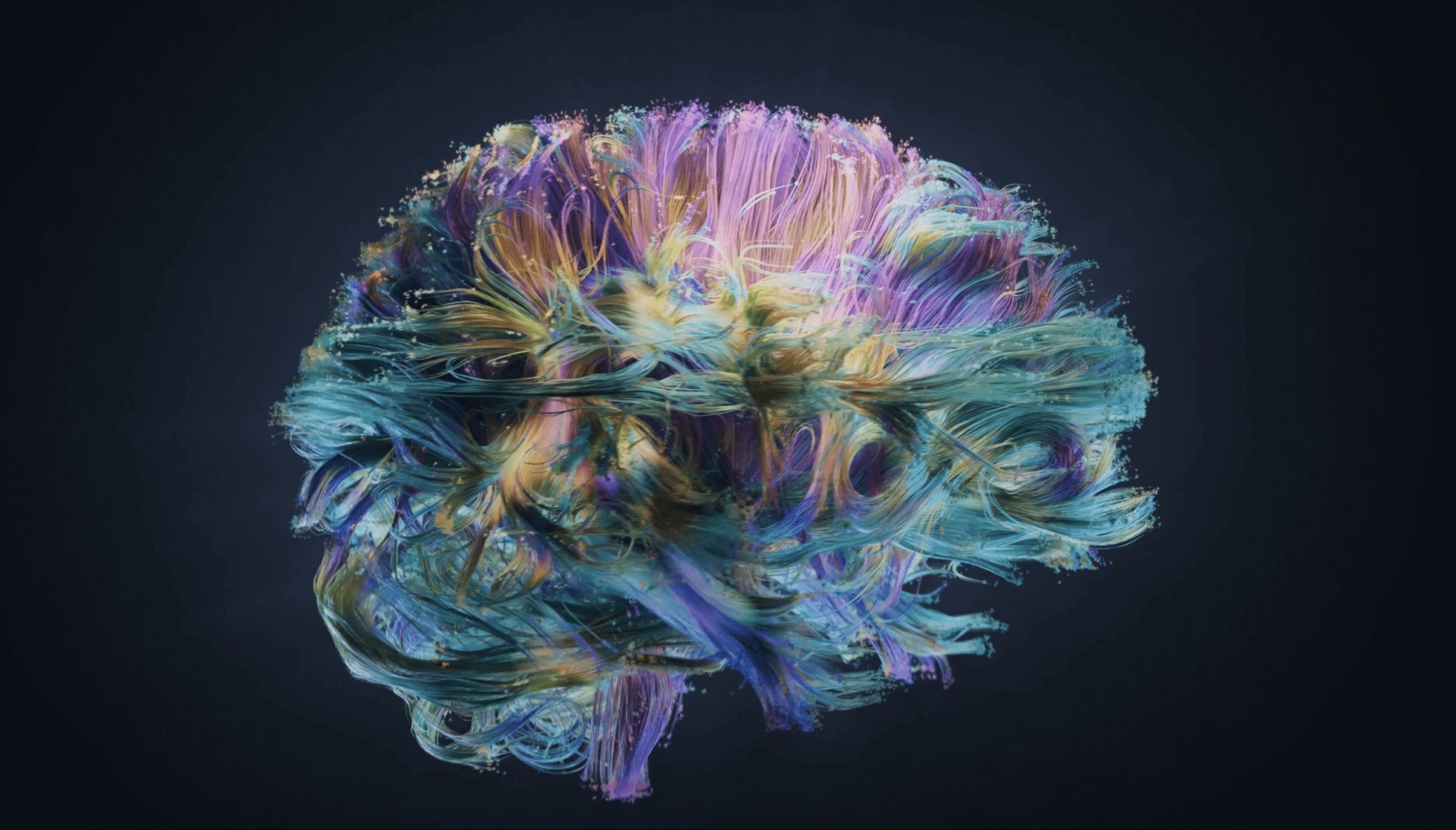
In brain research, deep learning outperforms standard machine learning.
In the realm of artificial intelligence (AI), not all machine learning approaches are considered equal. This is an important consideration in fields such as neuroscience, medicine, biotechnology, life sciences, health care, genomics, pharmaceuticals, and other industries where accuracy may directly impact human health and safety. What type of machine learning best suits neuroimaging and the study of the brain?
In a new study published earlier this month in Nature Communications, researchers at Georgia State University show the advantages of deep learning (DL) over standard machine learning (SML) in brain research.
“Our findings highlight the presence of nonlinearities in neuroimaging data that DL can exploit to generate superior task-discriminative representations for characterizing the human brain,” wrote the paper’s lead author Anees Abrol along with Sergey Plis, Vince Calhoun, Yuhui Du, Rogers Silva, Mustafa Salman, and Zening Fu.
In standard machine learning, predictions are a result of processing prediction functions via inference rules, and the decision boundaries are determined in the “native, kernel-transformed, or feature-engineered input spaces.” According to the researchers, this is a limiting factor in projects requiring modeling of complex brain data. Additionally, a preliminary preprocessing step used to boost the performance of standard machine learning is to decrease the dimensionality of the input space either through feature extraction, or feature selection of variables that present the data.
On the other hand, deep learning has the capability of learning representations and can learn from the data with minimal or no preliminary preprocessing step. Deep learning, a subset of AI machine learning, has a design that is somewhat inspired by the human brain. The depth in deep learning refers to the many hidden layers of algorithms in between the input and output layer in its artificial neural network. The neural network layers contain computational nodes that are analogous to biological neurons.
The researchers compared the performance of multiple classification and regression tasks between standard machine learning and deep learning approaches with structural MRI data of over 12,000 subjects from the UK Biobank and over 800 subjects from Alzheimer’s Disease Neuroimaging Initiative (ADNI) repository.
The standard machine learning models were trained and tested on gray matter features that have been reduced by three separate ways (Univariate Feature Selection, Gaussian Random Projection, and Recursive Feature Elimination) and two deep learning models (variants of three-dimensional convoluted neural networks of Alex Net) were trained on the unreduced input space of three-dimensional gray matter maps.
Then the team compared deep learning and standard machine learning on a classification task for age and gender. They tested two nonlinear deep learning models, and six standard linear and nonlinear models machine learning methods— support vector machine (SVM) with a linear kernel, SVM with a polynomial, radial-basis function, linear discriminant analysis, sigmoidal kernels, and logistic regression. According to the researchers, they observed that two deep learning models “significantly outperformed” the standard machine learning models.
“Results show that if trained following prevalent DL practices, DL methods have the potential to scale particularly well and substantially improve compared to SML methods, while also presenting a lower asymptotic complexity in relative computational time, despite being more complex,” wrote the researchers. “We also demonstrate that DL embeddings span comprehensible task-specific projection spectra and that DL consistently localizes task-discriminative brain biomarkers.”
Copyright © 2021 Cami Rosso All rights reserved.